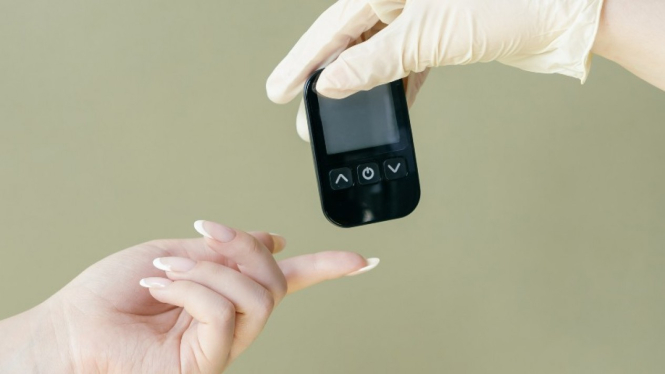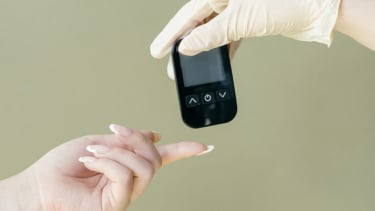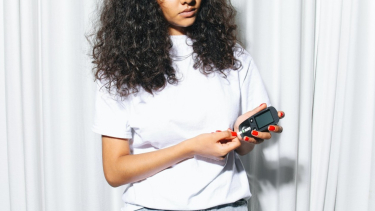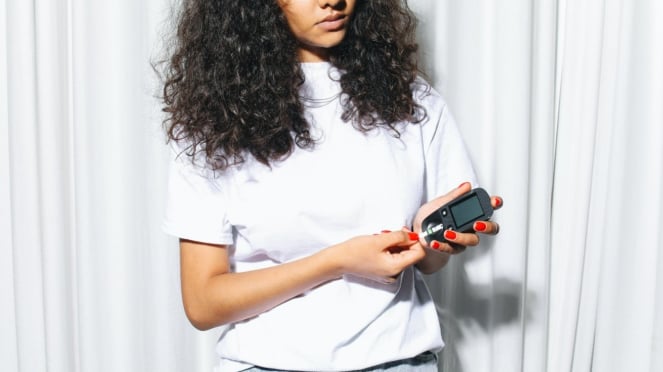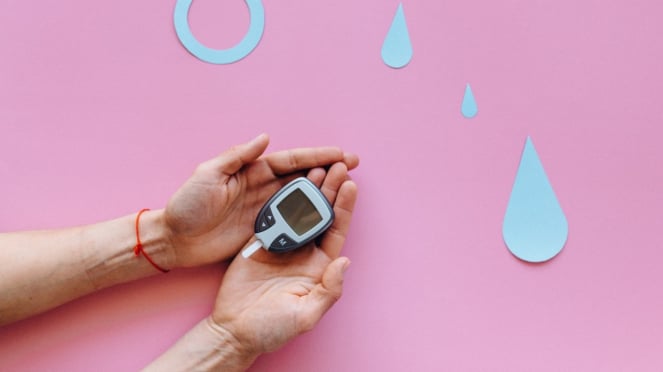Diabetes Blindness Rate in Indonesia Fifth Largest in the World
- Pexels/Mikhail Nilov
Jakarta – Based on data from the International Diabetes Federation (IDF) in 2021, Indonesia is ranked fifth out of 10 countries in the world with the largest number of people with diabetes (age range 20-79 years), which is 19.5 million people and is predicted to reach 28.6 million people by 2045.
The IDF also states that 1 in 3 people with diabetes will experience blindness during their lifetime.
Data from the Indonesian Ophthalmologist Association in 2022 showed that Indonesia has the highest blindness rate in Southeast Asia, one of which is caused by diabetic retinopathy.
Ilustrasi diabetes/cek gula darah.
- Pexels/Polina Tankilevitch
In Indonesia, the prevalence of diabetic retinopathy in patients with type 2 diabetes is 43.1 percent, with the number of patients who may have vision-threatening diabetic retinopathy (VTDR) at 26.3 percent.
To prevent the worsening of DR to blindness, it is necessary to control systemic risk factors in patients such as blood pressure, optimal glycemic levels, and lipid levels.
The prevalence of bilateral blindness is 4 percent in DR patients and 7.7 percent in VTDR patients.
"According to the American Diabetes Association (ADA) 2022 guidelines, the first step for people with diabetes is to have an eye examination in the first 5 years after diagnosis of type 1 diabetes and as soon as possible in patients with type 2 diabetes," said Head of Medical Department Bayer Pharmaceutical, Deri Muliatin Santoso on Thursday.
"If there are no symptoms of retinopathy and blood sugar is well controlled, examinations can be done 1-2 times a year," she continued.
Treatment solutions for DME (Diabetic Retinopathy) patients
Diabetic Retinopathy occurs due to long-term diabetes and causes inflammation that damages the small blood vessels of the eye (microvasculature) and promotes the growth of new blood vessels in the retina or vascular endothelium (VEGF) resulting in leaky blood vessels and eventually Diabetic Macular Edema (DME).
The consequences of DME include unfocused vision, dark spots, blurry colors, and straight lines becoming wavy or crooked, and if left untreated for a long period can lead to blindness.
DME can be treated with anti-VEGF injections such as Bayer's Aflibercept which has obtained marketing authorization from BPOM. In Indonesia currently, anti-VEGF injections that have received BPOM approval are Aflibercept, Ranibizumab, and Brolucizumab.
Aflibercept is a drug that has a binding affinity to VEGF-A that is about 100 times stronger than that of Bevacizumab or Ranibizumab. Based on the Protocol T study, Aflibercept provides good vision improvement with fewer injections than other VEGF alternatives.
Ilustrasi diabetes.
- Pexels/Nataliya Vaitkevich
Administering Aflibercept every 8 weeks (after 1 injection per month for the first 5 months) may be a treatment option that reduces the total number of injections and clinic visits, which in turn reduces individual burden.
In addition, Aflibercept is also effective for treating eye problems other than DME such as age-related macular degeneration (AMD).
"Besides relying on anti-VEGF therapies such as Aflibercept, identifying and treating DME early is an important step in the management of diabetic patients, especially to maintain vision quality and minimize the risk of blindness due to DME," she explained.
"In addition, monitoring blood sugar regularly, maintaining blood pressure and cholesterol levels with a healthy diet, quitting smoking, and exercising regularly are steps that can help reduce the risk of diabetes and worsening DME. Consult with an ophthalmologist to get more in-depth information about DME, as well as treatment therapy options using Aflibercept," dr Santoso concluded.


